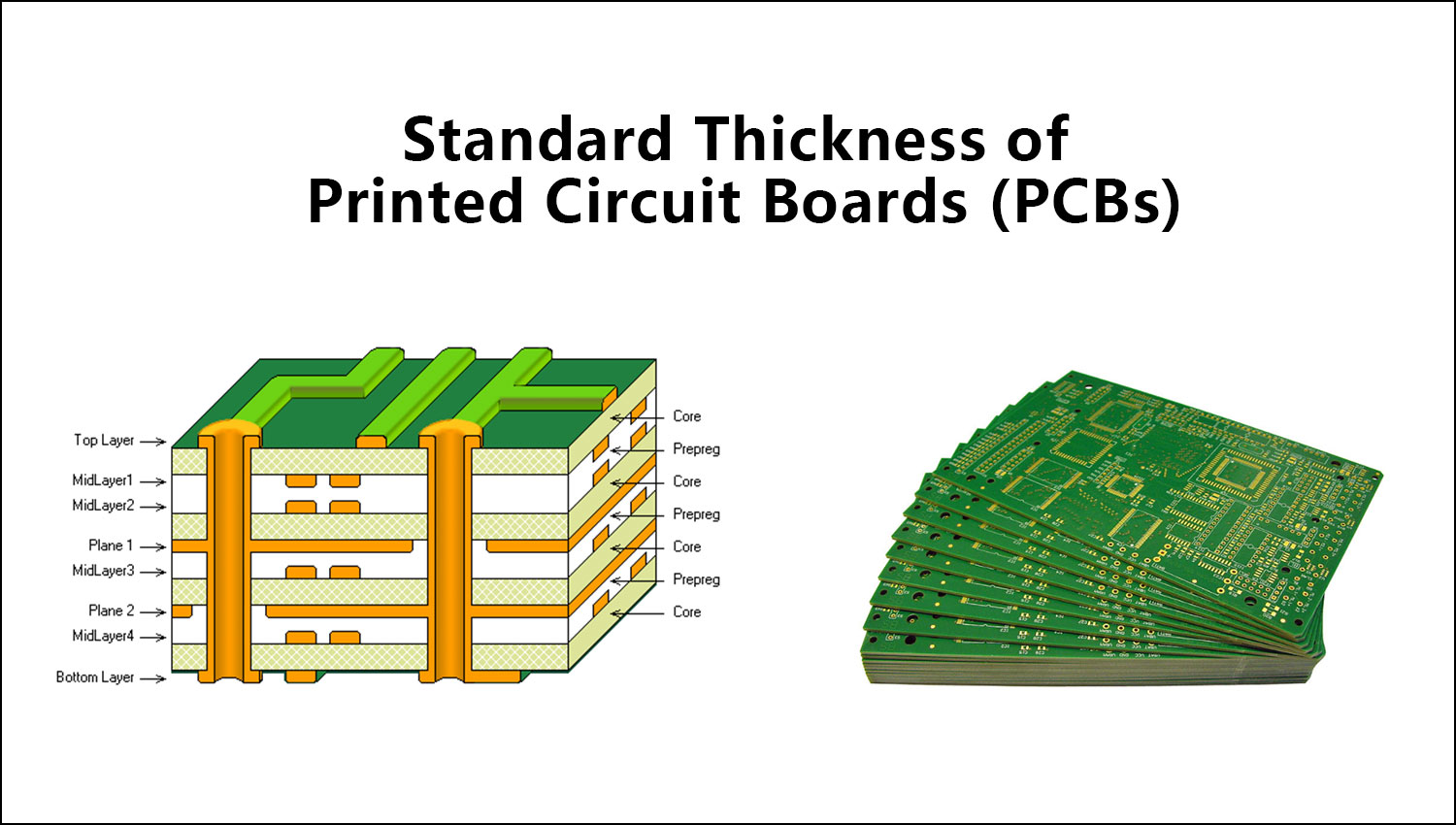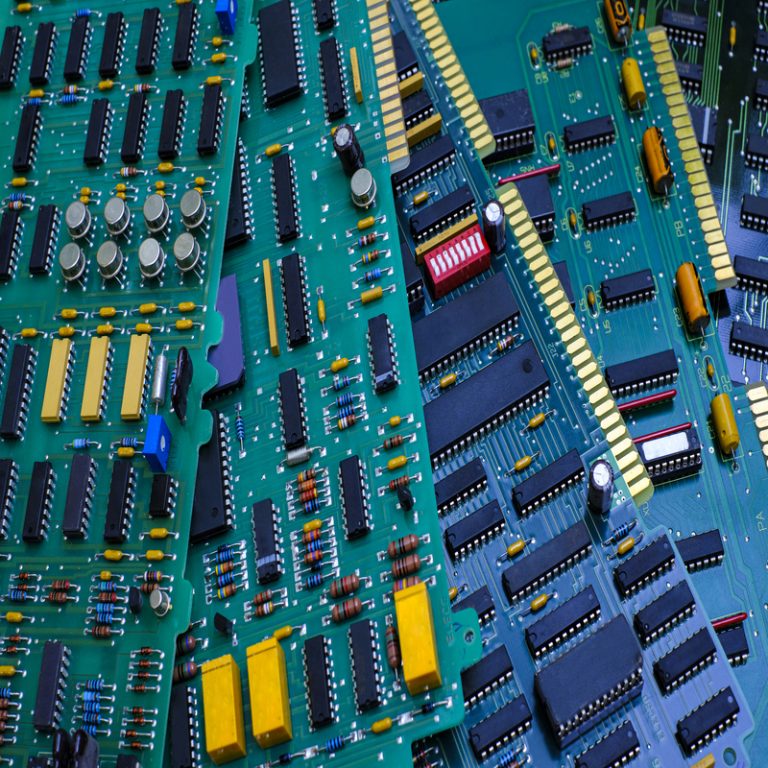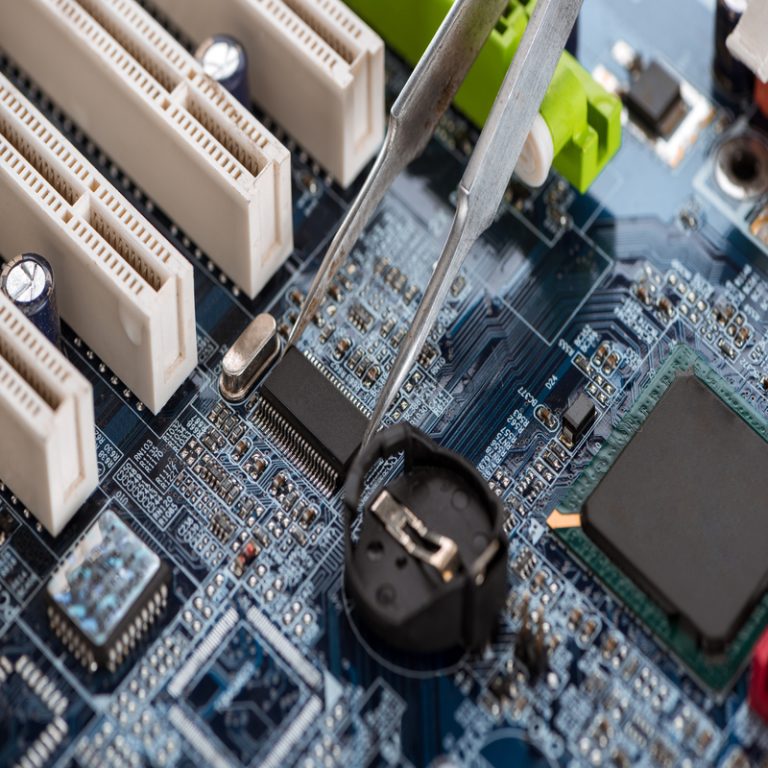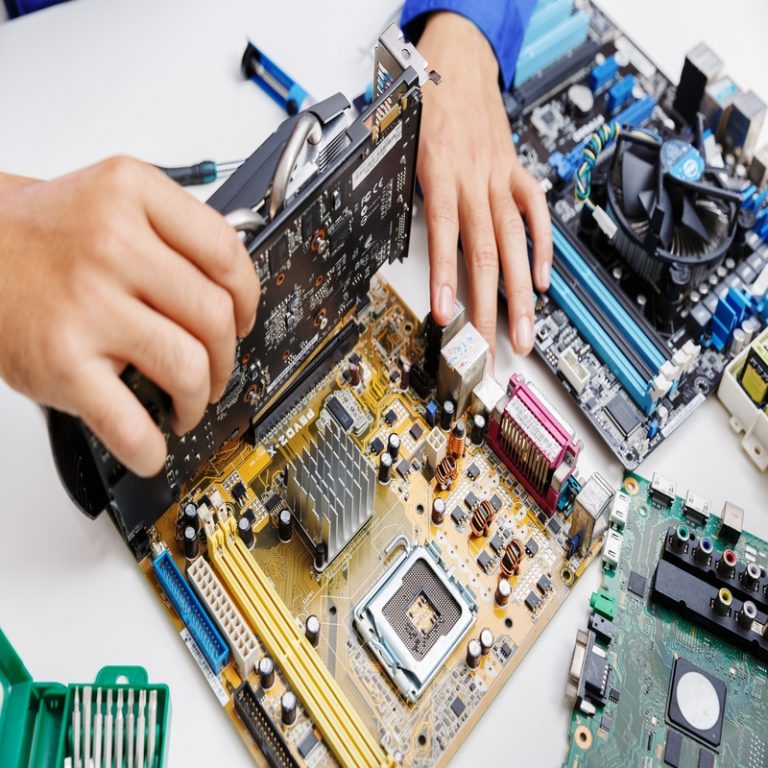
Support Team
Feedback:
support@nextpcb.comThis article delves into standard PCB thickness. We'll look at available options and factors affecting choice. We'll see how thickness modifies mechanical and electrical performance. Finally, we'll give tips on choosing the right thickness for your PCB design.
A PCB is a common part of electronics. The standard thickness is 1.6 mm, but it can change based on how many layers it has, what materials are used, and what the circuit is for. The standard thickness is good because it's cheap, has enough space for parts, and keeps signal quality good.

The standard thickness of a PCB refers to the minimum and maximum allowable thickness that is specified by industry standards. These standards are established to ensure that the PCB can meet the necessary performance requirements and quality standards. The most widely recognized standards for PCB thickness are the IPC-6012 and the MIL-PRF-55110.
IPC-6012 is a set of rules for making and checking PCBs. It says how thick each layer should be, depending on how many layers there are and what the board is made of. For example, a single-sided board should be at least 0.010 inches thick and no more than 0.062 inches. A four-layer board should be at least 0.031 inches and no more than 0.093 inches thick.
MIL-PRF-55110 is a rule for making and checking PCBs used by the military. It says how thick the board should be, how much copper to use, and how many holes to drill. The smallest single-sided board can be 0.015 inches thick, and the biggest can be 0.125 inches thick. The smallest multilayer board can be 0.062 inches thick, and the biggest can be 0.187 inches thick.
Even though IPC-6012 and MIL-PRF-55110 are popular for PCB thickness, they have different rules for how much error is allowed, how to measure, and how to certify. Some rules are stricter for fast or powerful PCBs. Also, they might use different tools to measure, which can change the accuracy. And certification might depend on what the PCB is for, like a car or a plane.
The choice of standard PCB thickness can have a significant impact on PCB performance, compatibility, and regulatory compliance. Some of the key impacts are:
Performance: The thickness of a PCB affects its electrical properties, such as impedance, signal quality, and crosstalk. A standard thickness of 1.6 mm is optimal for most applications as it provides good signal quality and prevents signal loss and distortion. However, some applications may require thicker or thinner PCBs to meet specific performance requirements.
Compatibility: The choice of standard PCB thickness can impact the compatibility of the PCB with other components and systems. Thicker PCBs may not fit in certain enclosures or require larger connectors, while thinner PCBs may not provide enough space for components or heat dissipation.
Regulatory Compliance: Different regions and industries have specific regulations and standards for PCB thickness. Choosing a standard thickness that meets these requirements is essential for regulatory compliance and ensuring the safety and reliability of the product.

The thickness of the PCB is really important for its strength and how long it lasts. Thicker ones are tougher and don't bend, warp, or crack as easily, and can handle more pressure. Thinner ones are more flexible and can be shaped into different shapes, which is great for things that need to move around a lot.
The thickness of the PCB also affects its thermal properties, such as its ability to conduct heat and dissipate it away from the components. Thicker PCBs have a higher thermal mass and can absorb and distribute heat more effectively, which can prevent hotspots and thermal damage to the components. Thinner PCBs, on the other hand, have a lower thermal mass and can heat up more quickly, which can lead to overheating and reduced performance.
The thickness of the PCB also affects its electrical conductivity and the quality of the signals that pass through it. Thicker PCBs have lower resistance and can carry more current without overheating or generating noise. Thinner PCBs, on the other hand, have higher resistance and can generate more noise and distortion, which can degrade the quality of the signals and affect the performance of the circuit.
The thickness of the PCB affects how well it can send and receive signals. Thicker PCBs are better at handling signals without losing them, while thinner ones can cause problems with signal quality and speed.
The thickness of the circuit board affects how well it works. Thick boards cause less interference and have lower capacitance. Thin boards cause more interference and have higher capacitance, which can make them less stable and reliable.
The thickness of the PCB also impacts the manufacturability, reliability, and cost of the PCB. Thicker PCBs require more material, more processing time, and more advanced equipment, which can increase the cost and complexity of the PCB manufacturing process. Thinner PCBs, on the other hand, are easier and cheaper to manufacture but can be more fragile and prone to defects and failures.
The thickness of the PCB layers is determined by several factors, including:
Substrate Material: The type of substrate material used for the PCB has a significant impact on the thickness of the layers. For example, FR-4 is a common substrate material that is available in various thicknesses ranging from 0.2mm to 3.2mm.
Number of Layers: The number of layers in the PCB is a critical factor in determining its thickness. The more the number of layers, the thicker the PCB will be. A single-layer PCB typically has a thickness of around 1.6mm, while a multilayer PCB can be several millimeters thick.
Copper Weight: The thickness of the copper used for the conductive traces on the PCB also affects the overall thickness. The copper weight is measured in ounces per square foot (oz/ft2), and the higher the copper weight, the thicker the layer.
Finish: The surface finish of the PCB also influences the layer thickness. Different types of finishes such as HASL, ENIG, OSP, and immersion silver have different thicknesses.
Design Requirements: The design requirements of the PCB, such as the minimum trace width and spacing, also impact the thickness of the layers. A design with finer traces and spacing will require thinner layers to avoid signal interference.
Assembly Process: The assembly process used for the PCB can also affect the layer thickness. For example, reflow soldering requires thinner layers to ensure proper heat transfer, while wave soldering can tolerate thicker layers.
End-Use Environment: The environment in which the PCB will be used is a crucial factor in determining the layer thickness. Harsh environments such as high temperature, humidity, or vibration may require thicker layers to ensure reliability and durability.

The thickness of a PCB is important for managing heat in electronic devices. Heat is a big problem in making and designing these devices because too much can harm parts and cause them to fail. PCB thickness affects how well heat moves through the board and can make a big difference in keeping electronic devices cool.
Thicker PCBs tend to have higher thermal conductivity, which means they can conduct heat away from components more efficiently. However, thicker PCBs also tend to have higher thermal resistance, which can impede the flow of heat through the board. Therefore, the thickness of a PCB must be optimized to ensure the most effective heat dissipation.
Several factors can impact the thickness of a PCB and its ability to dissipate heat effectively. The type of substrate material used in the PCB can impact its thermal conductivity and resistance. Copper weight, the number of layers, and the finish can also impact the thermal performance of the PCB.
How the PCB is made can affect how well it cools down. Where the parts are put, how hot they get, and whether there are cooling devices like heat sinks, all play a role in how well it cools.
The thickness of a PCB can affect how well it cools electronic devices. Thicker PCBs can cool better because they have more space and surface area. But if the PCB is too thick, it might not fit in the device or connect properly. This can cause problems with compatibility.
The standard PCB thickness for most applications is 1.6 mm, which is optimal for heat dissipation, as it provides enough space for components and allows for the effective transfer of heat to the environment. PCB thickness is not the only factor that affects heat dissipation; the type of materials used, trace width, and copper weight also play a role.
PCB designers can improve how well heat moves through their boards by using thermal holes, copper fills, and grounded areas. They can also pick materials with good heat conductivity, like metal or ceramic PCBs, for jobs that need to get rid of a lot of heat.
When choosing the best thickness for a PCB to handle heat well, designers should think about a few things. These include how much stuff is on the board, how much power it uses, the range of frequencies it operates on, and how hot it gets. Designers must find a balance between thickness, cost, and performance to pick the right thickness for each device.
Making PCBs with typical thickness can be tricky when it comes to releasing heat. Here are some problems and fixes when producing standard-thick PCBs for heat release:
Limited space for heat sinks and thermal vias due to standard thickness can cause poor heat dissipation and affect the reliability and lifespan of the PCB.
Higher component density can increase heat generation, making it more challenging to manage heat dissipation within the standard thickness of the PCB.
Use thermal vias: One solution is to use thermal vias to conduct heat away from the heat-generating components to the opposite side of the PCB, where heat sinks or other cooling mechanisms can be placed. This allows for better heat dissipation within the limited space of the standard thickness.
Use higher thermal conductivity materials: Another solution is to use materials with higher thermal conductivity for the PCB, such as aluminum or copper, which can improve heat transfer and dissipation within the standard thickness.
Optimize PCB layout: Careful optimization of the PCB layout can also help manage heat dissipation within the standard thickness. This involves placing heat-generating components in locations where heat can be more easily dissipated, such as near the edges of the PCB, and avoiding placing high-density components close to each other.

PCBs constantly evolve, and it's crucial to stay updated for the best electronic performance. Thickness is a crucial aspect of PCB design, impacting function and durability.
The thickness of the circuit board impacts how well the device works. Additionally, thicker boards can handle more power and reduce problems, making the device last longer. Furthermore, this also affects its size and weight, making it easier or harder to use and carry.
Still, need help? Contact Us: support@nextpcb.com
Need a PCB or PCBA quote? Quote now
|
Dimensions: (mm) |
|
|
Quantity: (pcs) |
|
|
Layers: 2 |
Thickness: 1.6 mm |
|
|
|